How to Purchase Hockey Sticks
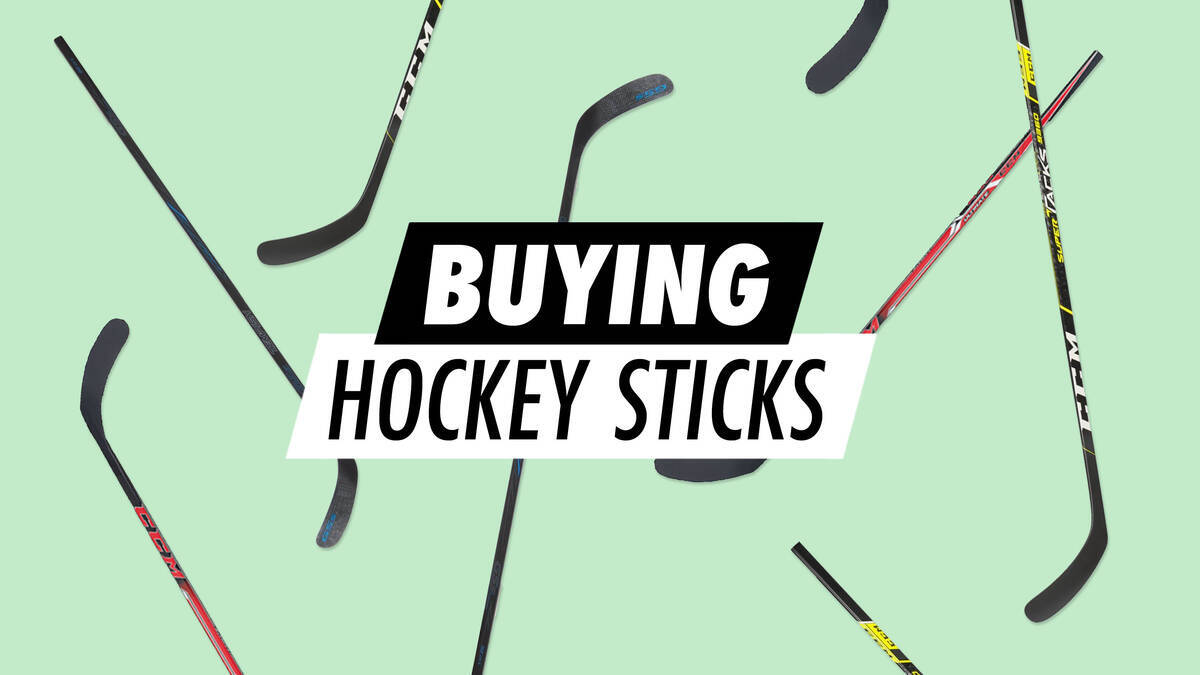
Selecting a new hockey stick involves aligning it with your playing level, height, and style. You have to think about the size, the flex, and what kind of surface you’ll play on.
Finding the most suitable hockey stick given the many choices can appear daunting. Whether playing roller hockey or ice hockey, the importance of a suitable stick cannot be overstated for enhancing your performance. Here's a breakdown of essential factors to consider in picking the ideal hockey stick based on your play style, skill level, and the conditions you'll be playing under.
- Type of Surface: Choose a stick based on whether it’s for ice, roller, or street hockey.
- Material: Opt for a stick composed of a durable yet lightweight material.
- Length: Select the length based on your height and playing style.
- Flex: Decide on a flex that complements your strength and shot type.
- Handedness: Choose left or right based on how you naturally grip the stick.
Read on to explore these aspects in more detail!
Overview
Various Hockey Stick Types: Ice, Roller, and Street
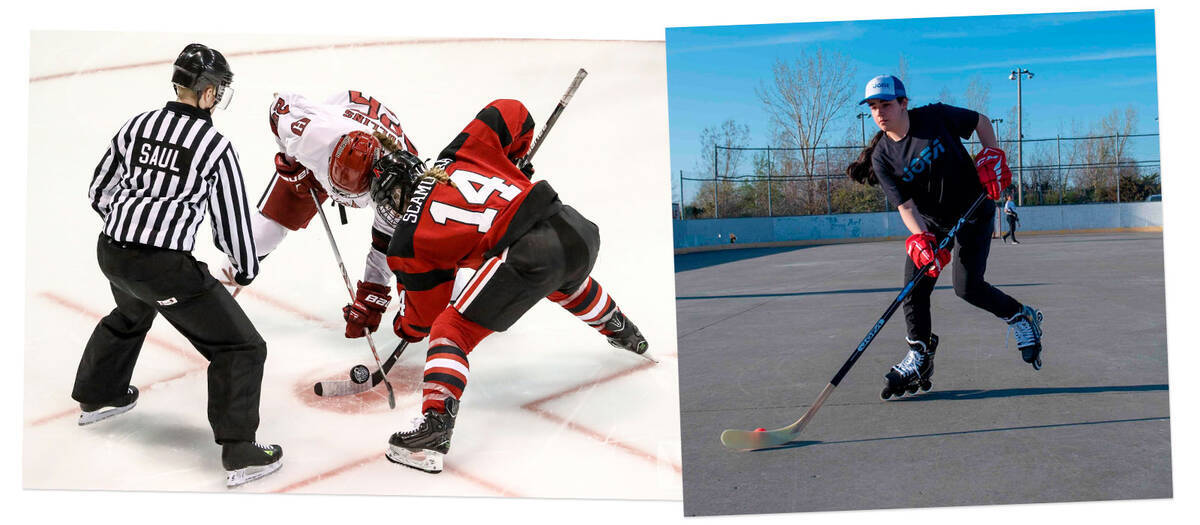
Deciding between an ice, roller, or street hockey stick is among the initial considerations. Your selection will greatly depend on the playing surface and your style.
- Ice hockey sticks: Engineered for ice surfaces.
- Roller hockey sticks: Designed for roller-friendly surfaces such as smooth asphalt or sport court tiles.
- Street hockey sticks: Meant for rugged surfaces like asphalt and constructed from materials that handle wear well.
- Multi-use hockey sticks: Many sticks work well across different environments, so playing both street and indoor hockey may only require one stick.
Look carefully at product specifications to see if the stick is designed for a particular form of hockey or specific surfaces.
Can Ice Hockey Sticks Double for Roller Hockey?
Utilizing an ice hockey stick on roller hockey surfaces isn't advisable, as this will cause accelerated wear of the stick's blade. Ideally, you should use the stick in its intended setting to prolong its usability.
Composition of Hockey Sticks

You will find hockey sticks crafted from materials like carbon fibre, fibreglass, Kevlar, and wood—the original material for all hockey sticks. These days, sticks typically blend composite materials including fibreglass and carbon fibre.
While a shaft must be made of a tough yet light material, the blade requires sufficient strength to handle impacts from pucks and balls.
A hockey stick shaft needs to balance strength and weight effectively while retaining flexibility to withstand intense game conditions. Though characterised by these properties, some hardwoods also share similar attributes.
Materials for stick blades range from carbon fibre to fibreglass, wood, or plastic, ensuring they can handle hard strikes without undue heft. Both material and design aim to enhance puck control and shooting precision.
Comparing Composite and Wood Hockey Sticks
- Wood sticks: Provide a traditional feeling due to their weight and sturdiness, often favoured for street or roller hockey given their durability.
- Composite sticks: Typically made from carbon fibre, Kevlar, or fibreglass, these are lighter and offer greater flexibility. Commonly used in ice hockey, they also suit roller hockey players seeking high performance, though they're costlier, offering improved energy transfer and control.
Check our selection of roller and ice hockey sticks, filtering options by shaft and blade material.
Finding the Correct Length for Your Hockey Stick

Selecting the appropriate hockey stick length is crucial for optimizing control and shot force. Factors such as your height, skill set, playing style, and preferences should guide your choice.
Debating Short vs. Long Sticks
Shorter sticks offer increased control and agility, whereas longer sticks provide extended reach. Offensive players often prefer shorter sticks, while defensive players opt for longer ones.
Determining the Right Stick Length
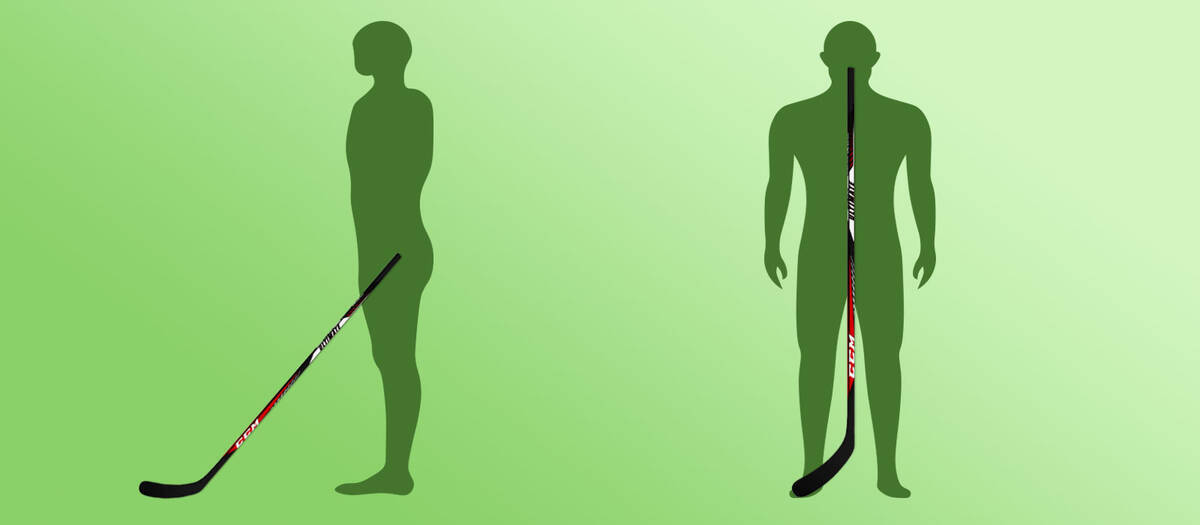
Place your arm along your side, and while wearing skates, grasp the stick’s end. Your arm should bend slightly, with the stick close to your body. The blade’s toe should point upward slightly.
Stand either with or without skates, holding the stick vertically to your chin as an alternate method.
- With skates: The stick end should align with your chin, not surpassing it.
- Without skates: It should not pass the tip of your nose.
Some players intentionally purchase longer sticks, trimming them to preferred lengths—be cautious, as cutting voids warranties.
Use our roller and ice hockey sticks filtering by length, offering sticks in your desired length. Refer to our hockey stick size guide for any uncertainties.
- Explore our hockey stick size guide
- See our range of ice hockey sticks
- See our range of roller hockey sticks
Understanding Hockey Stick Flex
Flex pertains to the degree a hockey stick bends under pressure, such as during a shot. A higher flex number denotes more rigidity. Selecting the right flex should reflect your strength and desired shot type.
- Lower flex: Simplifies executing accurate and skillful shots. Recommended for novices or younger players due to ease of use.
- Higher flex: Provides the potential for powerful shots, generally preferred by more seasoned players.
Why the Blade Curve Matters on a Hockey Stick
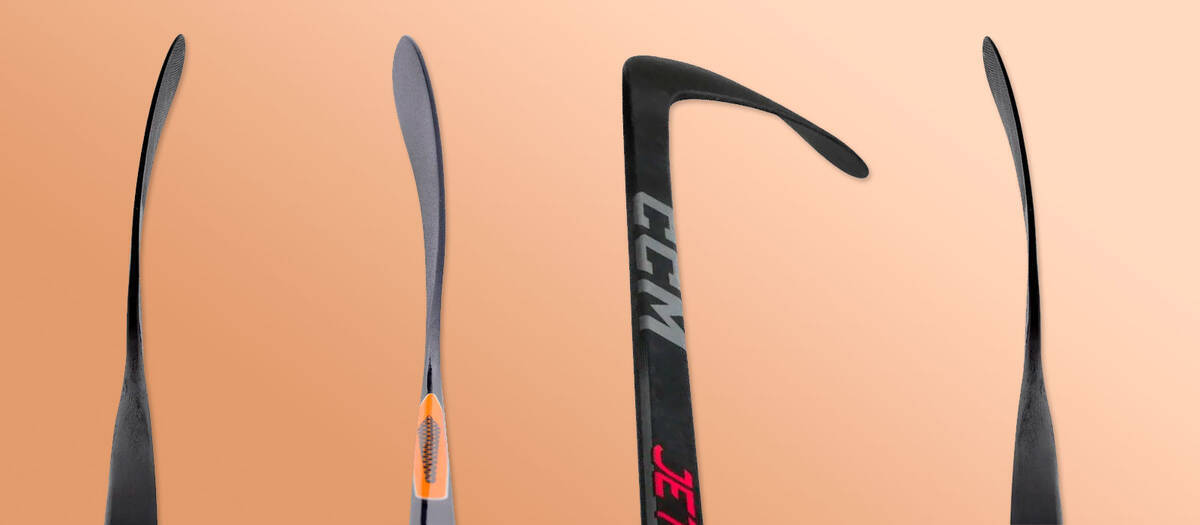
The blade curve is vital, influencing puck or ball handling during shots, passes, and dribbling. Testing varied blade curves aids in identifying what complements your natural playing style.
By forming a 'pocket' for the puck or ball, the blade curve boosts control and contributes to consistent, forceful shots.
Deciding on a Left-Handed vs. Right-Handed Hockey Stick
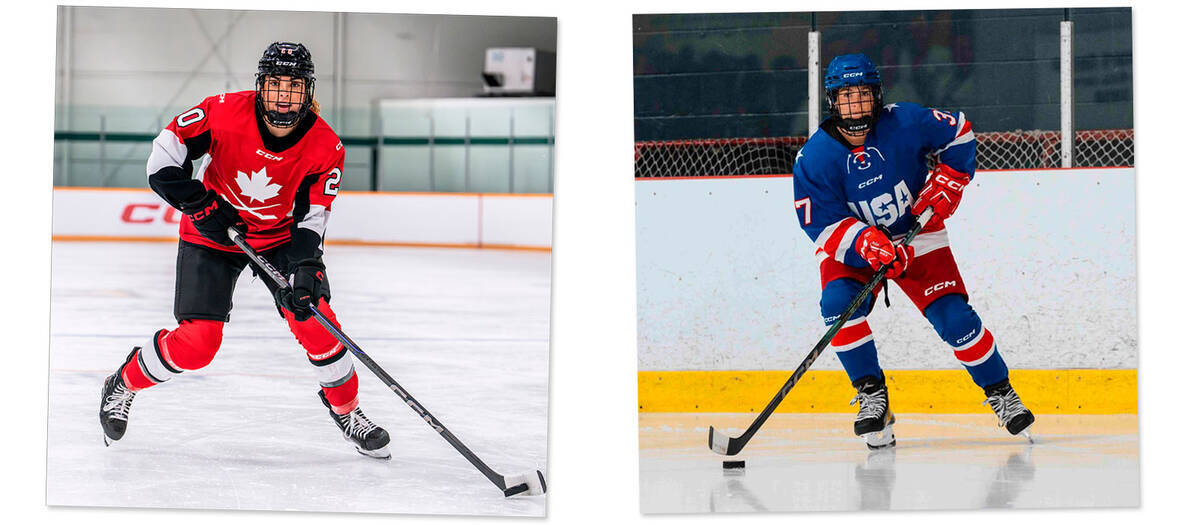
Your choice between a left-handed or right-handed stick is influenced by which hand you use to steer the stick. Opt for a left-handed stick if the right hand grips the top, or a right-handed stick if the left hand is at the top. The side you shoot from is unrelated to your dominant hand—it’s about comfort.
If unsure, hold a hockey stick with both hands as though about to take a shot.
- Left-handed stick: With the puck on the left, right hand at the top, and left hand near the blade.
- Right-handed stick: With the puck on the right, left hand at the top, and right hand by the blade.
Nicklas demonstrates how to identify if you're a left-handed or right-handed hockey player in the video below.
Don't forget to peruse our selections for wide-ranging needs in roller or ice hockey.
